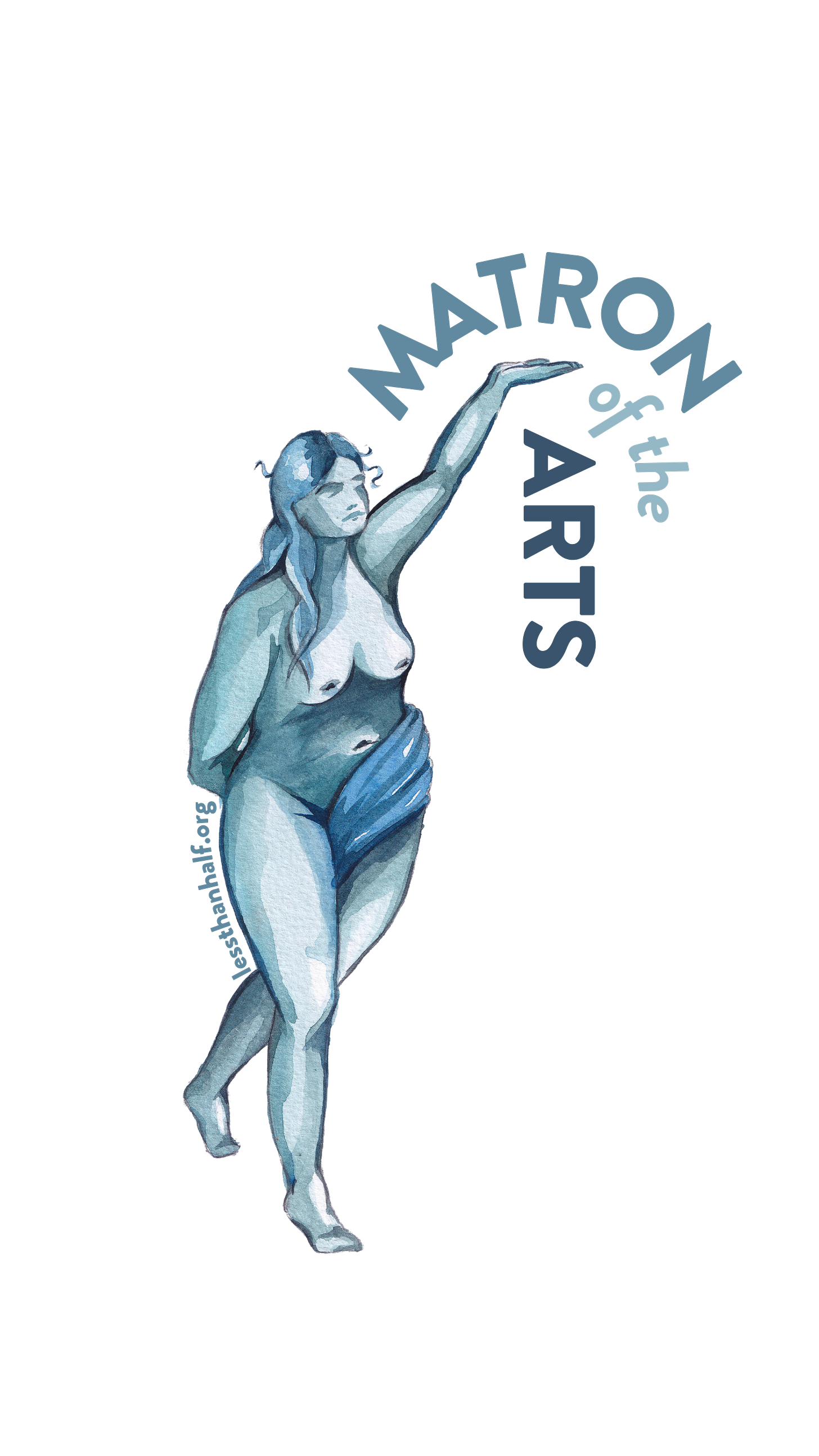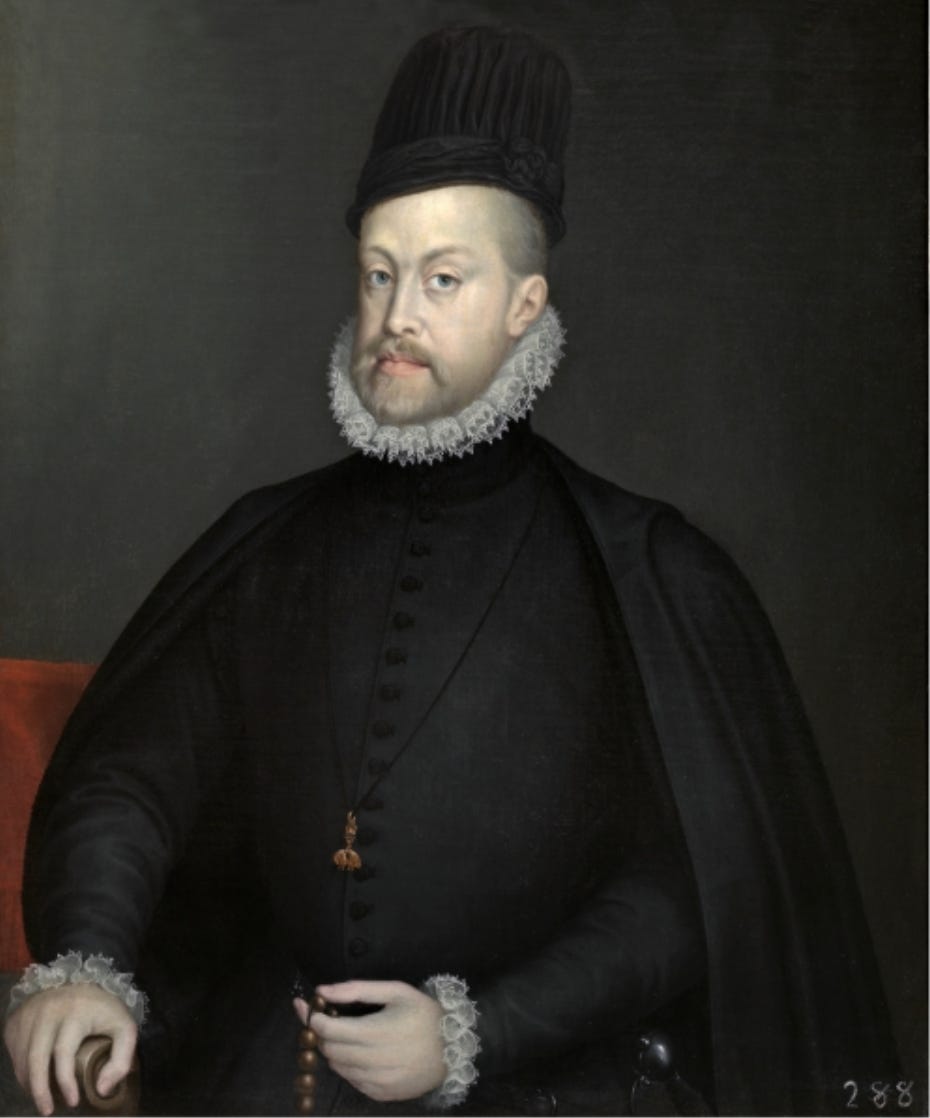As we head into the new art season, kicking off this week in New York with the Armory Show, Independent 20th Century, and countless satellite fairs, I thought I’d reflect a little on our philosophy of Matronage in the hopes it’ll inspire you in the coming art calendar year.
As I’ve outlined before, Matronage is a collecting philosophy central to the Matrons of the Arts Collectors Circle, which encourages women to collect and support women artists. Its approach is holistic, asking that a matron of the arts consider all the structural ways women are held back professionally and address them in her collecting.
The fact that the word patronage comes from the word pater (or father in Latin), means that matronage (which comes from mater, for mother) is technically the appropriate word for a woman who collects and supports artists.
But I think the word goes beyond a quibble with language (and frankly, isn’t as reductionist in its approach to gender as it seems). I’m not insisting that women must assume the mantel of womanly labels and men must stay in their manly lane. That’s a very binary idea of gender, and one that is contrary to the spirit of Matronage.
What I want to emphasize is that Matronage is not only about women collecting the work of women, but is about approaching collecting in a maternal way.
Give me a moment to fall into stereotypes, so that I can make a point.
The word patronage, to describe an old fashioned model of supporting the arts, makes sense: it has a whiff of a “father knows best” mentality. A patron (say, a king) commissions an artist to paint portraits of himself, or paint frescoes in the castle’s dining room, or the ceiling of his chapel. A patron of the arts donates money to the museum and has it renamed for him.
But Matronage asks for a nurturing approach, one that provides an artist with what she needs— childcare, a wage equal to her male peers, respect, not to have her artwork flipped— rather than one where the artist accommodates a collector.
I don’t think that motherliness is only found in mothers and fatherliness is only found in fathers. Can a man engage in matronage? Absolutely. Can a male artist receive the benefits of matronage? Yes. Can non-binary people participate in the philosophy? Of course.
There is a lot of talk about motherhood these days, in art and in politics, and I think there is a tendency to bring women in times of crisis to fix the problem. “Mommy, make it better.” I don’t think this is fair to women, as they’re usually discarded after the crisis is over (turns out this is called the “glass cliff”). But I do think the idea of mothering, of matronage, unattached to gender, is something we— the art world and the world at large— need a little of.
What do you think? Do you see the distinction between patronage and matronage? As an artist, is matronage appealing to you?







As an artist, I'm really drawn to the idea of Matronage. It’s about valuing not just the finished artwork but also the creative process and the person behind it. By focusing on nurturing artists themselves, Matronage can help build a more supportive, fair, and vibrant art community. This approach could create stronger connections between artists and collectors, based on respect and shared goals.
Your points on the "glass cliff" are spot-on, too. It's important to recognize the extra challenges women face, especially during crises, and to support them consistently, not just when things go wrong. Matronage feels like a great way to promote a more balanced and caring approach to supporting the arts, one that truly values diverse voices.
I believe perhaps to separate the association with gender in using matronage or patronage, the use of the word nurturing might work better. Isn’t that what you are writing about or did I get it wrong?